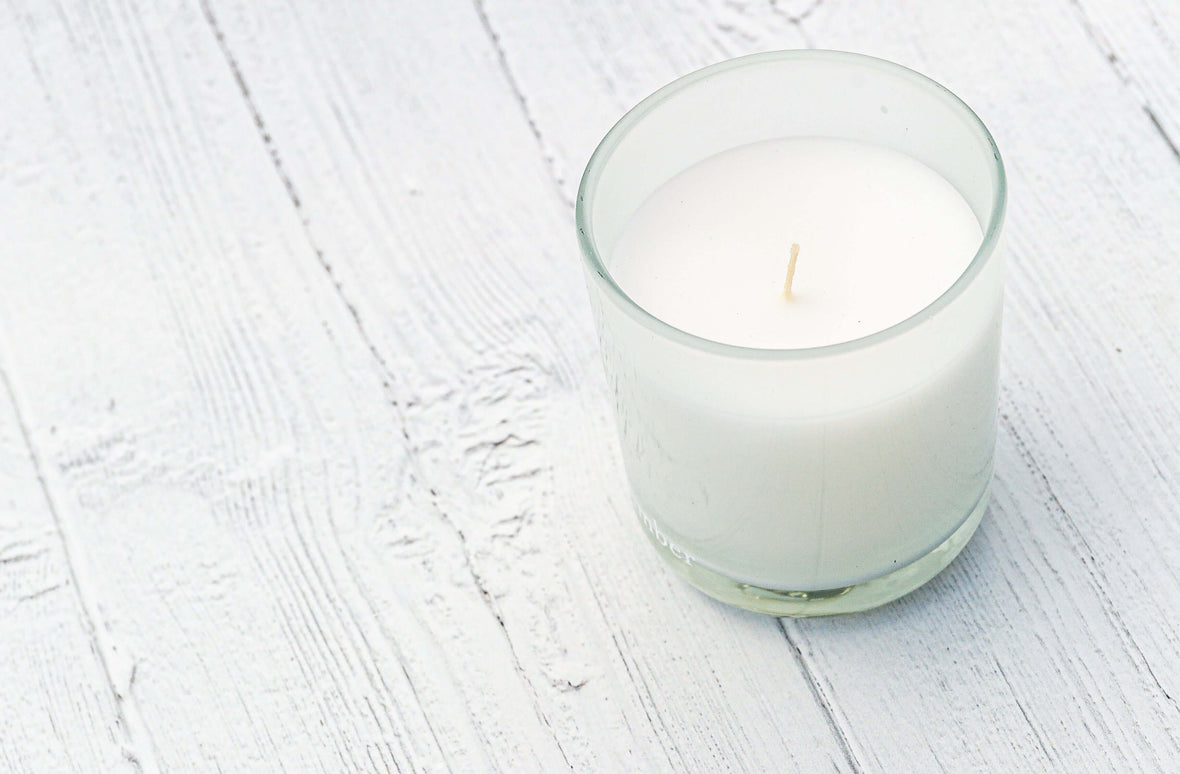
The beauty of beeswax candles
Shelagh McNally
Learn which candles light up your home in the best way
We light candles to bring warmth and intimacy into our homes. But it’s worth learning more about which ones you want in your home.
There are three basic types of candles:
- Paraffin: the most commonly produce candle with the most negative effect on IAQ (indoor air quality).
- Soy: an fast growing alternative
- Beeswax: popular for its natural scent and non-toxic properties
Problematic paraffin
Paraffin is created from petroleum sludge treated with bleach to turn it white. Basically it has the same chemical compounds as diesel fuel that include acetone, benzene and toluene. When you light a paraffin candle you release these chemicals into the air and they combine to create VOCs (volatile organic compounds) that are carcinogenic.
Even worse? Lemon, lavender, cinnamon or pine artificial fragrances add phthalates, naphthalene and formaldehyde into the chemical mix. These are also Also considered toxic. Even candlewick is a problem. Most paraffin candles use a corded cotton wick wrapped around a metal support which helps keep the wick upright. When heated this metal support puts the heavy metal of zinc, tin and some lead into the air.
Paraffin candles are hard on our lungs as well. The black soot created from burning paraffin is made up of tiny particles that float in the air for hours before settling onto furniture and walls where they are easily inhaled into our lungs and absorbed into the blood stream.
Adverse reactions to paraffin candles include headaches, dizziness, asthma, irritated throats and noses and prolonged exposure can lead to lung cancer. Whatever ambience is created by paraffin candles doesn't merit the risk.
A lower carbon footprint
While soy candles are more sustainable alternative to paraffin, they still emit VOCs. Like paraffin, hydrogenated soybean wax is bleached and scented with same chemicals. A pure soybean candle can be difficult to find.
Since soybean wax has low melting point it must be combined with other waxes in order to burn properly. Some organic variations may use coconut oil but the vast majority of soy candles have paraffin in them. Even if your candle is labelled 100% pure soy, it’s going to have some paraffin added. Soy candles are only suitable as container candles so votive and pillar candles have steric acid and paraffin wax added to help them keep their shape and burn.
Like air fresheners, there are no regulations for candles so you have to be cautious when buying soy candles. If your candle is from the USA. It only has to have 51% of soy to be labelled "pure" and the remaining 49% is going to paraffin. So, while soy candles emit less toxins than paraffin, they are still not the best choice, especially if anyone suffers from respiratory problems.
Natural and safe
The oldest known raw materials for candles is also the safest. Beeswax candles are made from wax created by worker bees who use it to build their honeycomb. Overtime this wax absorbs the smell of honey and pollen giving it that beautiful golden colour.
Since the beeswax is used directly in its raw state, there is no bleaching or hydrogenation and no need to add a chemical fragrance. This means a candle with no carcinogens or hazardous ingredients that is environmentally friendly. Both the American and Canadian Lung Association recommend beeswax candles as a safer alternative to paraffin candles.
When compared to paraffin or soy candles, beeswax candles burn cleaner, brighter and hotter with no smoke emitted. Paraffin and soy candles give off a white, cool flame while beeswax candles have a soothing yellow glow that is instantly calming. There is the added bonus of these candles being drip less.
The biggest issue with beeswax candles is the price. Upfront, they seem more more expensive but because they have a higher melting point and are denser, beeswax candles burn slower. So, in the long run, they cost less.
Be sure to check the ingredients carefully since some beeswax candles have been diluted with paraffin. Look for the label stating 100% pure beeswax and buy from a reputable source. You’ll also be supporting beekeepers and their industry.
There is no simpler way to bring the beauty of nature into your home than with a natural beeswax candle.
Links
- https://www.lung.org/clean-air/at-home/indoor-air-pollutants/volatile-organic-compounds
- https://rtkenvironmental.com/healthy-home/scented-candles-are-they-dangerous/
- http://www.scsu.edu/news_article.aspx?news_id=832
- https://www.lung.ca/lung-health/air-quality/indoor-air-quality/scents



